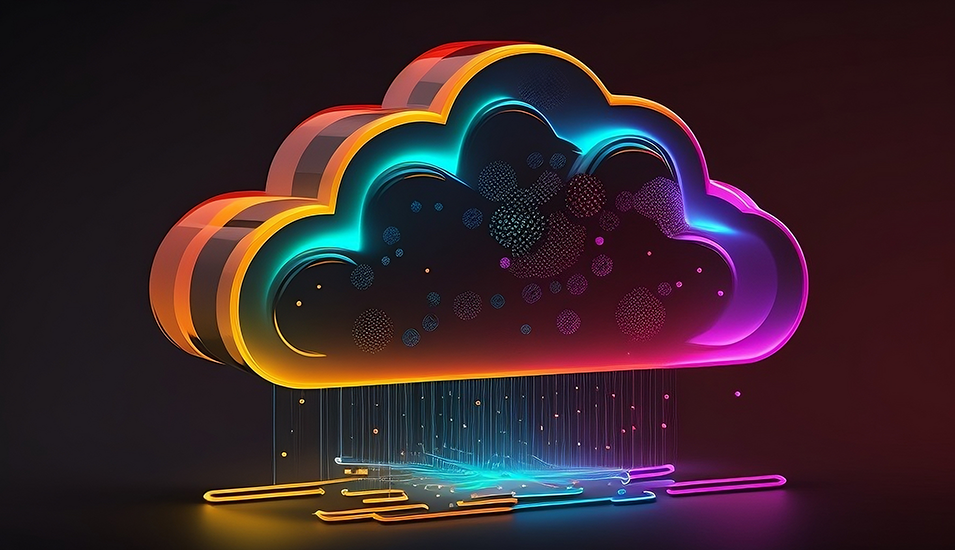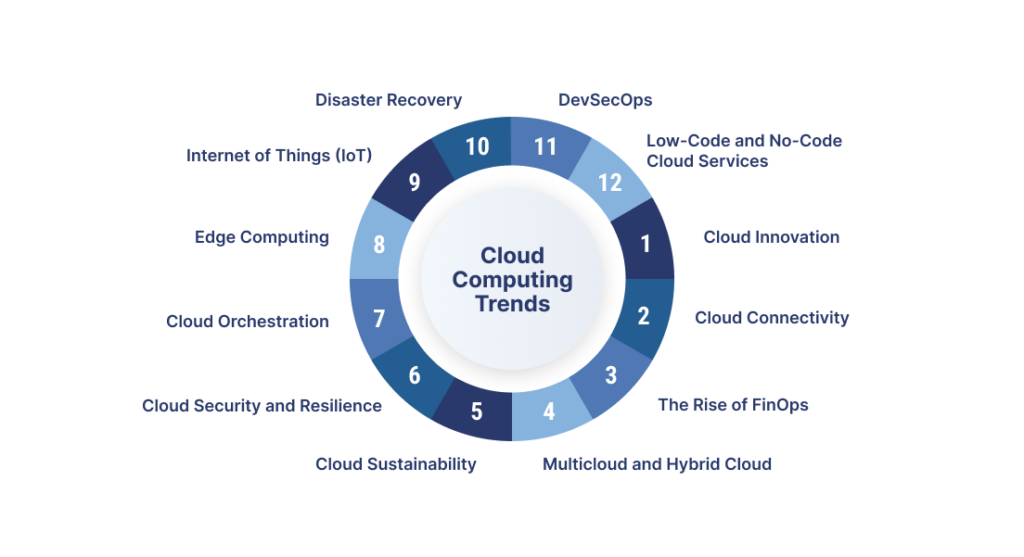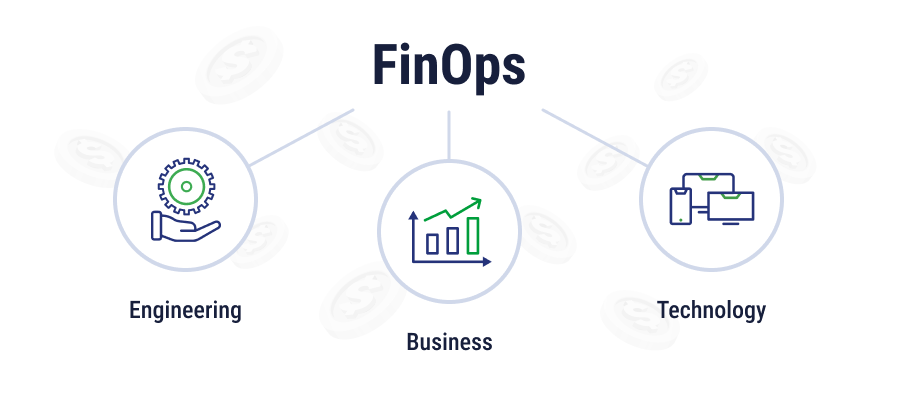
The quickly approaching start of a new year can be an important time for IT leaders to sit down and reevaluate where they are and where they want to go by analyzing current and future cloud computing trends.
Recently, TierPoint hosted a webinar with David Linthicum — a globally recognized thought leader, innovator, and influencer in cloud computing, AI, and cybersecurity — where we talked about Cloud Evolution 2.0 – Exploring the Future of Cloud. Below, we cover highlights from the interview as well as other cloud computing trends to look out for in 2024.
Why is the Rise of Cloud Computing Important?
Cloud computing can enable a great deal of innovation and evolution for businesses, but the best way to do this is by understanding where cloud is going. Businesses need to think beyond optimization and really understand why they’re in the cloud in the first place and what core metrics they’re looking to shift. An organization’s ability to get to a more agile state, grow quickly, and move at the speed of need will all be enabled by the cloud. Understanding the rising trends and how to use them to their fullest potential will allow businesses to use the cloud in the best ways possible.
Top Cloud Computing Trends in 2024
As we move into a new year, several cloud computing trends are rising to the top. Companies are innovating in specific verticals, embracing artificial intelligence (AI) and machine learning (ML), harnessing FinOps, multicloud, hybrid cloud, and more.

Cloud Innovation
Within the public cloud, it’s likely that we’re at a saturation point. We can’t make storage incrementally better. We can’t improve things like compute or API management. So where are organizations innovating in the cloud?
Going into 2024, expect to see innovation for particular vertical cloud services. We’re seeing common schemes, storage systems, security, and governance for particular verticals. Transformations in Banking, financial services, and manufacturing come to mind. Big cloud providers are hiring industry thought leaders around particular vertical issues, not cloud in general.
Instead of supporting the current systems, the trend will be about how to take these systems to the next level. For example, how can we provide supply chain automation that builds on existing computing and storage platforms? How can we build highly scalable applications to support research and development?
Cloud Connectivity
AI processes that businesses couldn’t afford five years ago are now going to be accessible through cloud computing and connectivity, fostering innovation. Smaller operations will be able to leverage mass computing processing and previously unattainable ERP systems, which will only continue to grow their business.
5G and satellite-based connectivity will be a possibility in areas that didn’t have robust connectivity before. This will allow businesses to grow and innovate at their own pace, something that is relatively new.
In certain rural areas, people couldn’t take college courses on demand or use software as a service (SaaS) systems because of connectivity issues. People are able to better themselves, improving their income and education levels, merely due to their ability to connect to the internet. At the same time connectivity improves, we will probably see the population spread to areas where cost of living is low and connectivity has improved.
Additionally, the use of automation is increasing across organizations as connectivity-related hurdles are overcome. Most of these systems are still under-optimized; however, the ability to abstract and optimize systems throughout organizations will continue to improve.
The Rise of FinOps
The first step in optimizing business finances is getting everyone on the same page. FinOps practices aim to connect finance with engineering, business, and technology teams to become more cost efficient as an organization.

Businesses put FinOps programs in place to see where inefficiencies were. Now, we’re getting to the point where we can truly see what the costs are and optimize the system so businesses can incrementally improve moving forward. With spin-up systems in place, organizations can see which users and what applications are causing inefficiencies. This observability can lead to material improvements.
The next step after we understand what certain decisions are doing to our budgets is how to fix the issues. Some changes won’t be easy because they may be hard-coded into architectural decisions. Businesses will have to make tough choices and will ultimately need to decouple certain systems and move them, or else risk bleeding out.
Even though cloud can be a great source of cost-savings, FinOps can also uncover opportunities for cloud repatriation – moving workloads back to on-premises where they came from. Sometimes, application workloads don’t belong in the cloud in the first place. It’s not always about cost savings, at the end of the day. Workloads need to be where they function the best for your business.
Cloud FinOps unearths both hard cost savings and soft cost savings. It’s easy to understand bottom-line benefits, but don’t forget about the value brought to the business by making certain choices and shifts in processes as well. Maximizing this value doesn’t always equal cost savings, but that doesn’t mean it’s not an important move for your business.
Multicloud and Hybrid Cloud
In recent years, we’ve heard a lot about multicloud and hybrid cloud, but in 2024, expect to hear more about ubiquitous cloud. Ubiquitous cloud is all about cloud computing being everywhere at any time, from any device. Multicloud (the practice of using cloud computing services from at least two different cloud providers) is a step toward ubiquity and the ubiquitous cloud.
WIth ubiquitous computing systems, we’ll leverage whatever each particular entity does best instead of changing platforms. This may look like bringing traditional systems, edge computing, hybrid cloud, and multicloud frameworks into the mix and using them all together in a valuable way.
Cloud Sustainability
Computing everywhere you need it, whenever you need it is great for the user experience, but how does this growth and innovation square with sustainability?
Organizations may need to adhere to environmental, social, and governance measures (ESG), or some laws and regulations laid out by a particular country. These sustainability standards may involve certain amounts of kilowatts or CPU times. While many of these emerging regulations don’t have a lot of teeth, most businesses want to move in a green direction. What will be important in the years to come is doing this in a way that’s going to be practical and optimal over time.
The first instinct some businesses may have when they think about becoming more sustainable may be moving to a data center that’s powered with wind and solar. However, applications being used in these facilities may burn five times as many CPU cycles as needed, or they might use more storage than necessary because their architecture is inappropriately under-optimized. The better way to solve a sustainability problem, in this case, is by reengineering applications instead.
For many organizations, the problem arises from focusing too much on the end state and not enough on the current state. Before moving to a new facility, businesses should look at eliminating technical debt and improving architectures. A shift in thinking could lead to a greener future.
Cloud Security and Resilience
New threats and trends emerge in the blink of an eye. As the cloud security landscape shifts and changes before us, keep the following trends in mind:
- Zero trust architecture: With zero trust, the assumption is that no device or user should be trusted by default. This means that anyone inside or outside the network is a potential threat. We’ve seen an uptick in zero trust in cloud environments, where wider varieties of users and devices tend to access networks.
- Secure Access Service Edge (SASE): Network security and cloud security services converse in SASE, which is a cloud-based security framework designed to consolidate multiple tools into one solution.
- ML/AI in cloud security: Machine learning and artificial intelligence have been implemented across the cloud, but they can be used in cloud security to detect threats more quickly and respond to them automatically.
Cloud Orchestration
Deployment, management, and scaling of applications and services in the cloud can be accomplished through cloud orchestration. As the continuum tends toward cloud ubiquity, we’ll also see more multicloud orchestration, coordinating services and applications across multiple cloud providers simultaneously. We can automate and optimize tasks through AI-powered orchestration, creating self-healing systems.
Edge Computing
Instead of relying completely on the cloud, edge computing offers a distributed option that brings compute and storage closer to the sources of data and the end users. This can improve performance and decrease latency. Edge infrastructure used for data-intensive cases is set to rise, according to Gartner, as will serverless edge architectures. Edge is also converging more with cloud computing – forming that ubiquitous cloud we’ve been talking about.
Internet of Things (IoT)
The internet of things (IoT) and edge computing go hand-in-hand. IoT devices, including wearables and smart home devices, require low latency and high performance to deliver a strong user experience. These devices will continue to become more affordable and accessible, growing the market and the need to support them through cloud computing. New and innovative applications making the most of edge computing, 5G technology, and AI/ML capabilities will continue to shape and move the IoT market forward.
Disaster Recovery
Natural disasters and extreme weather events are ever-pervasive threats. The World Economic Forum’s 2023 Global Risks Report predicts that these disasters will be the second-most severe global risk for the next two years and the third-most severe risk over the next decade. Cybercrime and cybersecurity are ranked 8th on the list for both short-term and long-term global risks. This means disaster recovery, especially cloud-based disaster recovery, is more important than ever.
In 2024, we should continue to see an increased focus on Disaster Recovery as a Service (DRaaS), continuous data protection (CDP), and the use of AI/ML to automate tasks, improve disaster response, and predict disasters, especially from cybercriminals.
DevSecOps
With DevOps, development and operations teams are brought together for a more integrative and efficient software development cycle. DevSecOps takes this one step further by integrating security into the development process. This enables teams to find security vulnerabilities earlier in the development process, preventing them from reaching the production stage.
Low-Code and No-Code Cloud Services
Low-code and no-code cloud services improve opportunities for those with little coding experience to create and deploy applications. Currently, there are only 65 workers available with the right skills for every 100 jobs on the market. Low-code and no-code application development can help further speed up digital transformation efforts, especially during periods of staffing shortages.
Keep Up with Future Cloud Trends
Understanding future cloud trends is one important piece of the puzzle, but it won’t help an organization unless they have the time and resources to lean into the trends and implement new cloud computing projects. A trusted managed service provider (MSP) like TierPoint can turn cloud trends into company realities. If you have questions about any of the trends mentioned in this article and how they might be best applied to your business, get in touch with one of our experts today.
Interested in listening to the full Cloud Evolution 2.0 – Exploring the Future of Cloud webinar with David Linthicum? Watch it here.

